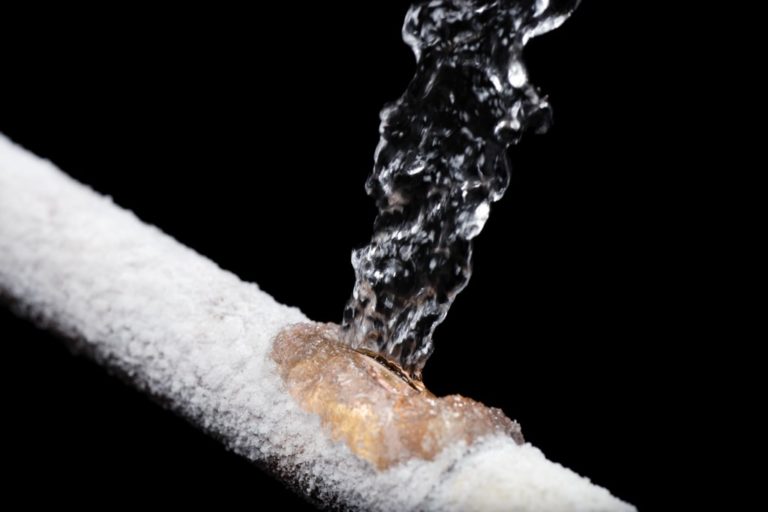Any property owner knows that a temperature drop will ordinarily lead to a frozen sewer line. When water flowing in your sewer line freezes, it will expand. This water will then block your entire sewer line and at times lead to cracks and leaks as it looks for a point of release with increasing pressure. The lack of water flowing in an exposed drain, a thermostat malfunction and faulty pipe insulation are the common issues that lead to the freezing of sewer lines.
To prevent crisis and extensive sewer line repair, get a plumber to thaw the pipes. Damp ceilings and walls, flooding, gurgling noises, a foul smell and frost in your sewer pipes are some of the signs of a frozen sewer line.
These, for most property owners, seem like something that will automatically resolve themselves once the temperatures start rising and the ice melts. Thawing of a sewer line is unfortunately not so easy.
Typically, plumbers employ the following techniques to guarantee an effective thawing of your sewer lines.
Direct Heat
Direct heat on the spot of freezing in your sewer line can be used thaw the ice in it. The propane torch and heat guns are the common appliances used for applying direct heat to sections of your sewer line. This technique can, unfortunately, only be used in the accessible and exposed sections of your sewers.
Direct heat can also not be used near soldered joints since it can cause leaks. A heat shield will be used behind your sewers for extra protection, and the flame will be held not less than 2 feet from flammable materials.
Ambient Heat
With this alternative, the plumbers will raise the temperatures in your indoors using a space or bullet heater. The space heater is placed near the point of a frozen pipe. For large areas of freezing on your sewer line, bullet heaters attached to 100, 40 or 20-pound cylinders are used to heat the frozen sewer line sections. The biggest risk when using bullet and space heaters is carbon monoxide. To this end, plumbers will ensure your indoors are adequately ventilated when using them.
Tank Heaters
These are used for sewer systems that have just begun freezing. In other cases, tank heaters will be used to prevent freezing in the pipes. The heater is fitted over your septic tank’s access pipe or the dropbox to create a constant safe level of heat that thaws frozen water and averts future freezing.
Hydro Jetting

This is the best choice for thawing frozen pipes. Hydro jetters will send steam or water through your sewer lines at a high velocity. In so doing, they will dislodge the frozen water blocking your pipes and force it further down your line. Hydro jetting completely clears your pipes without damaging the plumbing material.
Most property owners will reach for antifreeze or run water continually into a sewer line trying to unblock it. These steps might seem inexpensive and effective but are, in most cases, ineffective and cause grave plumbing issues. The above professional solutions are the foolproof and safest choices for thawing your frozen sewer line.




